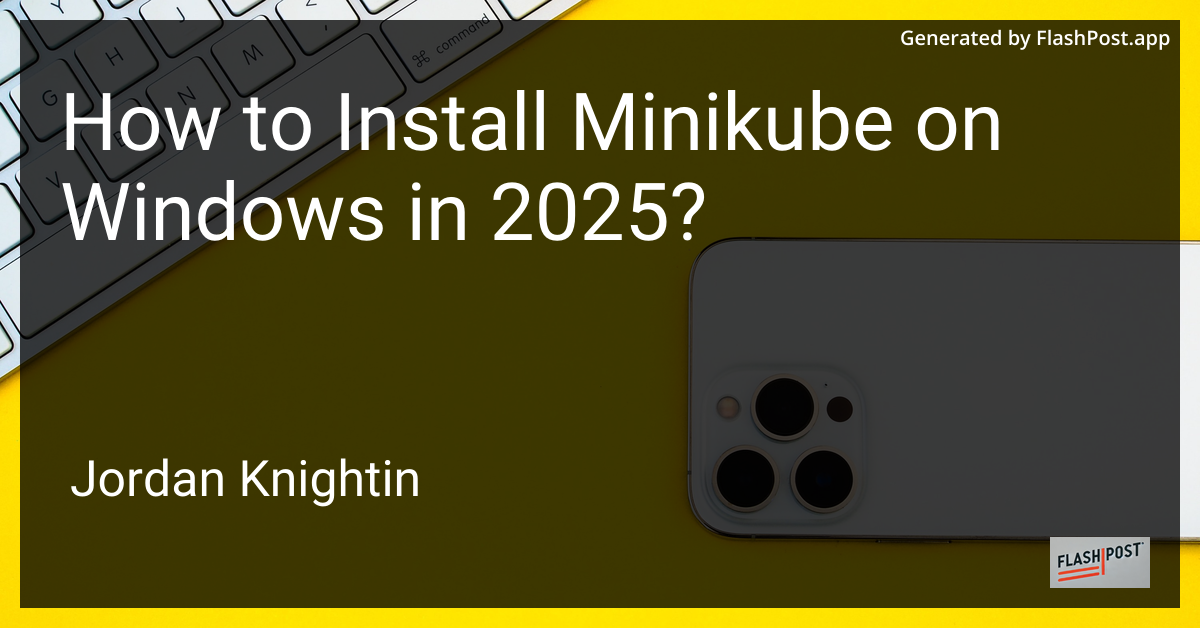

How to Install Minikube on Windows in 2025?
If you’re venturing into the world of Kubernetes for local development, Minikube is your go-to choice. Installing Minikube on Windows in 2025 is easier than ever, with a few streamlined steps to have you set up quickly. This guide will walk you through the installation process, ensuring you leverage the full potential of Minikube for your local Kubernetes clusters.
Why Use Minikube?
Minikube allows developers to run Kubernetes environments locally. It’s perfect for users who want to try Kubernetes or develop with it daily. Here are some reasons why Minikube is popular:
- Portability: Easily run Kubernetes clusters locally.
- Compatibility: Works with Docker and Kubernetes tools.
- Ease of Use: Simple setup with basic command-line operations.
Prerequisites
Before installing Minikube, ensure your system meets the following prerequisites:
- Operating System: Windows 10, Windows 11, or later.
- Virtualization Support: Enable virtualization in the BIOS settings.
- Package Manager: Install Chocolatey, a Windows package manager, which simplifies the installation of Minikube.
Step-by-Step Installation of Minikube on Windows (2025)
Step 1: Install Docker
Minikube requires a container or virtual machine manager. Docker Desktop is the preferred choice on Windows. Download and install it from the Docker official website.
Step 2: Install Minikube
Use the following command to install Minikube via Chocolatey:
choco install minikubeVerify the installation by running:
minikube versionStep 3: Start Minikube
Execute the following command to start Minikube with Docker as the driver:
minikube start --driver=dockerIf you prefer using Hyper-V or another driver, adjust the --driver flag accordingly.
Step 4: Verify Minikube Status
Confirm that Minikube is running properly:
minikube statusIf everything is configured correctly, this command should display running status details for all Minikube components.
Configuring Networking and Add-ons
Getting a Minikube IP Address
To obtain the Minikube cluster’s IP address, which is essential for accessing services and debugging, find a comprehensive guide here: Minikube IP Address.
Setting Up Ingress
Ingress helps manage external access to services within your cluster. Learn how to set it up on Minikube by following this detailed guide: Minikube Ingress Setup.
Wrapping Up
Installing Minikube on Windows doesn’t have to be daunting. By following the outlined steps, you can set up your local Kubernetes environment quickly. Whether you’re developing applications or experimenting with Kubernetes features, Minikube provides the flexibility and performance you need.
For further details and assistance, such as addressing specific configuration issues or utilizing advanced Minikube features, explore this comprehensive step-by-step Minikube installation guide.
With Minikube, you’re now ready to explore Kubernetes, innovate, and optimize your containerized applications locally on Windows. Happy clustering!
